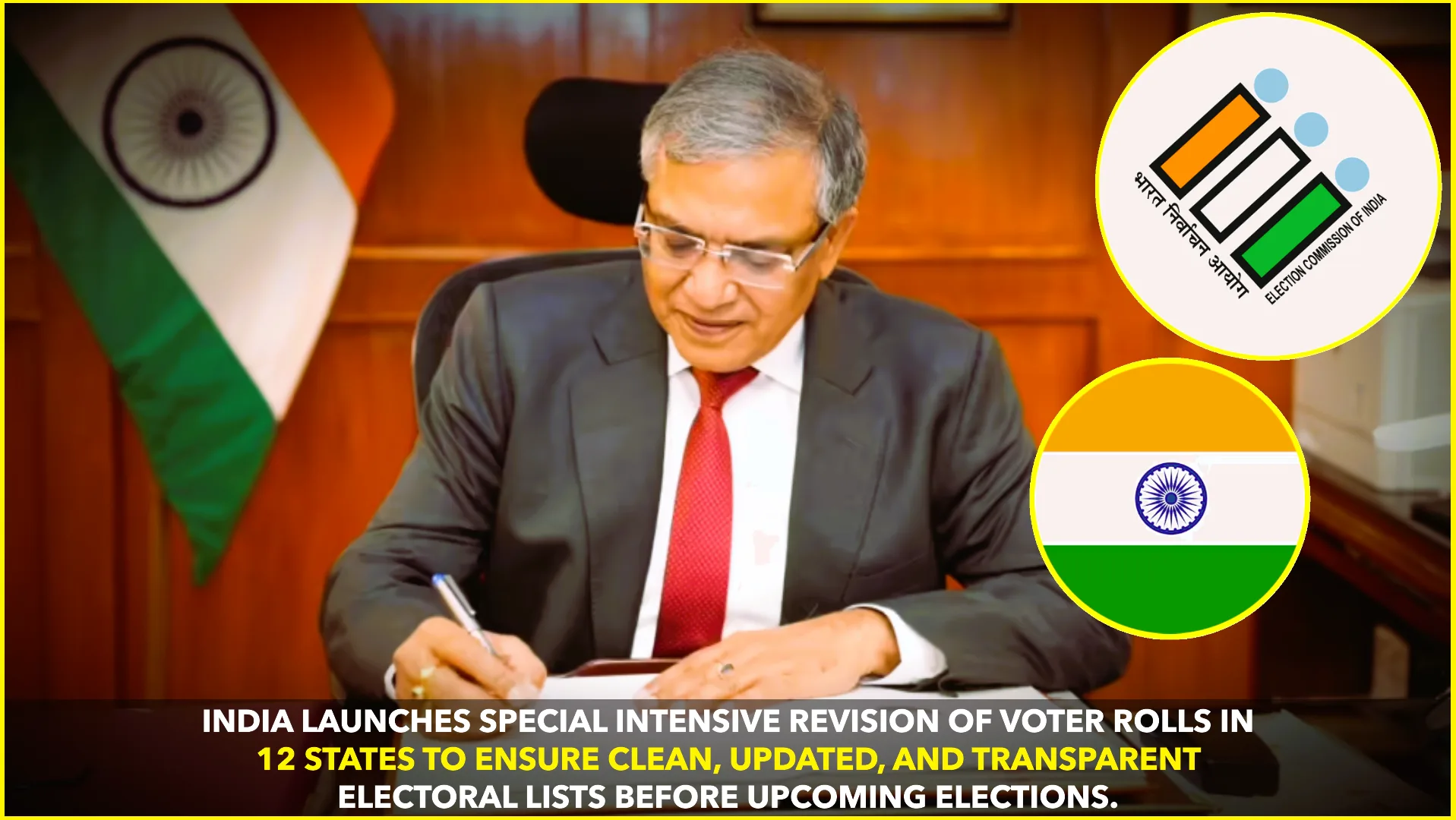The India Meteorological Department (IMD) has issued a severe heatwave warning, forecasting that large parts of the country will experience extreme temperatures from April to June. According to the IMD, central and western peninsular regions are likely to face the worst impact, with temperatures soaring significantly above normal levels.
IMD’s Forecast and Affected Regions
The latest seasonal outlook suggests that India will witness higher-than-average temperatures in most regions, particularly in Maharashtra, Madhya Pradesh, Gujarat, Rajasthan, and parts of Telangana and Andhra Pradesh. The IMD also cautioned that heatwave conditions could extend to northern states, including Uttar Pradesh and Delhi, posing serious challenges for residents.
“The upcoming summer season is expected to be particularly harsh, with prolonged heatwave spells. There is a strong likelihood of record-breaking temperatures in some areas,” an IMD official stated. The report attributes these extreme weather patterns to the ongoing El Niño phenomenon, which influences global weather and intensifies heat conditions in the Indian subcontinent.
Health and Environmental Implications
The expected rise in temperatures raises concerns over public health, particularly for vulnerable populations such as the elderly, children, and those with pre-existing medical conditions. The IMD has advised state governments to take proactive measures to mitigate heat-related illnesses, including heatstroke and dehydration.
Health experts have recommended that people stay hydrated, avoid outdoor activities during peak hours, and seek shade whenever possible. Hospitals have been alerted to prepare for an increase in cases of heat-related ailments.
Apart from health concerns, the extreme heat is also expected to impact agriculture, water availability, and power supply. Farmers are being urged to adopt water conservation techniques, as heatwaves could lead to increased evaporation and potential drought conditions. Urban areas, too, are likely to experience water shortages and rising electricity demand, increasing the burden on infrastructure.
Government Preparedness and Public Advisory
In response to the IMD’s warning, the National Disaster Management Authority (NDMA) has advised state governments to implement heat action plans. This includes setting up cooling centers, ensuring adequate water supply, and spreading awareness about heatwave precautions.
Several states have already begun implementing heatwave mitigation strategies. Maharashtra and Gujarat have issued advisories urging residents to limit outdoor exposure, while Rajasthan has announced measures to ensure adequate water supply in affected districts. Municipal corporations in metro cities like Delhi and Mumbai are preparing emergency response plans to address potential crises caused by extreme heat.
Climate Change and Rising Heatwaves
Experts link the increasing frequency and intensity of heatwaves to climate change. Studies indicate that global warming has led to higher surface temperatures, making heatwaves more frequent and prolonged. The IMD’s long-term climate analysis suggests that heatwaves in India have become more severe over the past two decades, with 2024 recording one of the hottest summers on record.
“The impact of climate change is evident in the changing weather patterns. Immediate action is needed to enhance resilience against extreme temperatures,” said a climate scientist from the Indian Institute of Tropical Meteorology.
Precautionary Measures for Citizens
Given the imminent risk, the IMD has issued the following recommendations for individuals to stay safe during the heatwave season:
- Stay hydrated by drinking plenty of water and consuming electrolytes.
- Avoid direct sun exposure during peak hours (12 PM to 4 PM).
- Wear light-colored, loose-fitting clothing and use head coverings such as caps or umbrellas.
- Use fans, coolers, or air conditioning whenever possible to regulate indoor temperatures.
- Check on elderly family members and neighbors who may need assistance during extreme heat conditions.
Conclusion
With IMD’s warning of extreme heat from April to June, India must brace for a challenging summer. Governments, communities, and individuals must take necessary precautions to minimize the impact of severe heatwaves. As climate change continues to fuel rising temperatures, long-term strategies must be implemented to ensure sustainable solutions for heat mitigation.










